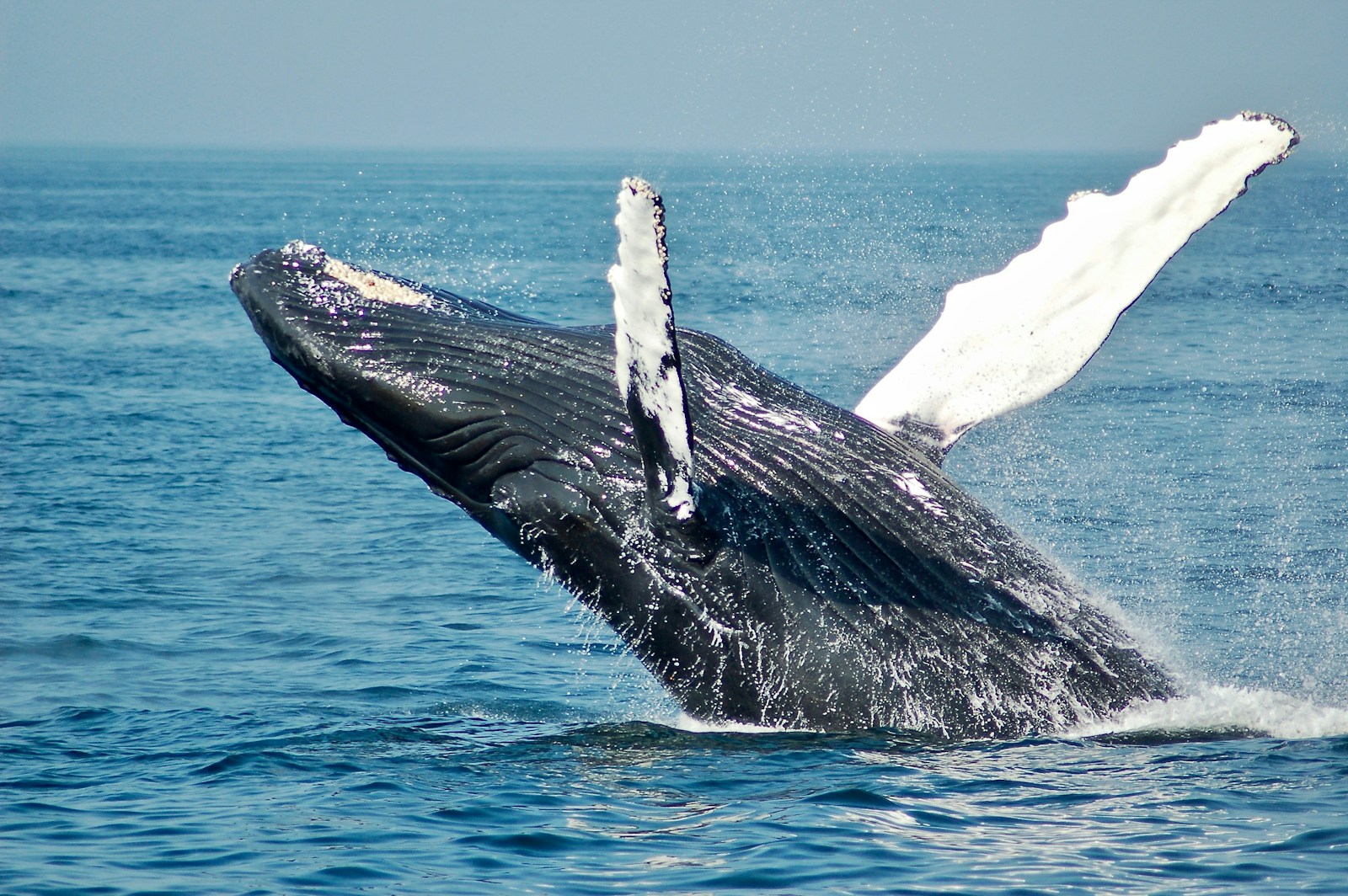
cetáceo

whale-like
The Spanish word 'cetáceo' describes something that is similar to or resembles a whale in some manner; whether in regards to size, shape, ecology, behavior, or other characteristics. It is a word commonly used when discussing marine biology topics and can be applied not only to animals but also to objects or concepts that exhibit whale-like attributes or qualities.
Example sentences using: cetáceo
Estudié el comportamiento de un cetáceo en el océano.

I studied the behavior of a cetacean in the ocean.
In this instance, 'cetáceo' is used to talk about studying the behavior of a marine mammal in its natural habitat.
El cetáceo más grande es la ballena azul.

The largest cetacean is the blue whale.
This sentence uses the word 'cetáceo' to describe a type of marine animal, specifying that the blue whale is the largest of its kind.
Los delfines son un tipo de cetáceo.

Dolphins are a type of cetacean.
The example uses the term 'cetáceo' to classify dolphins under a specific group of marine animals.
Es importante proteger a los cetáceos de la contaminación marina.

It is important to protect cetaceans from marine pollution.
In this sentence, the word 'cetáceo' is used in a conversation about the need for environmental conservation.
Los cetáceos pueden comunicarse entre sí.

Cetaceans can communicate with each other.
This example uses the term 'cetáceo' while discussing the communication abilities of these marine animals.
El sonido que produce un cetáceo puede ser muy potente.

The sound a cetacean makes can be very powerful.
This sentence offers insight into the nature of the sounds produced by cetaceans, demonstrating their strength.
Algunos cetáceos están en peligro de extinción.

Some cetaceans are endangered.
The word 'cetáceo' is used as part of a discussion about the conservation status of some species.
Un cetáceo puede saltar fuera del agua.

A cetacean can jump out of the water.
The statement describes a typical behavior of cetaceans, showcasing their ability to leap out of the water.
Los cetáceos tienen una forma de cuerpo adaptada para la vida marina.

Cetaceans have a body shape adapted for marine life.
The term 'cetáceo' is used in a conversation discussing the physical characteristics of marine mammals.
El tamaño de un cetáceo puede variar enormemente entre especies.

The size of a cetacean can vary greatly among species.
The word 'cetáceo' is used while discussing the variability of size across different species.